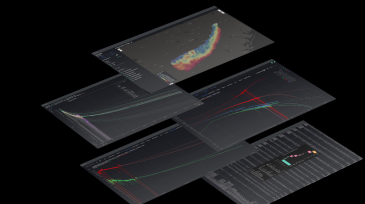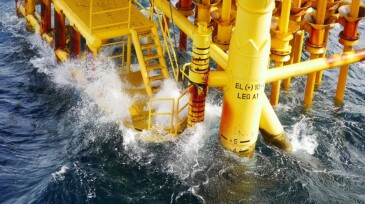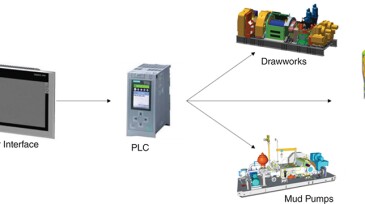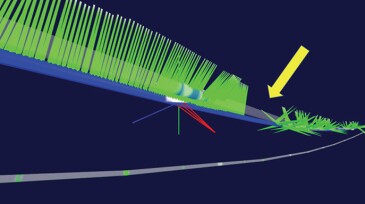DSDE: In Theory
-
The fast-growing software firm was founded by former oil and gas professionals who wanted to disrupt traditional reservoir economics software and redefine workflows.
-
Their model’s predictions should help researchers improve ocean climate simulations and hone the design of offshore structures.
-
This paper presents a screenout-classification system based on Gaussian hidden Markov models that predicts screenouts and provides early warning.
-
This paper discusses the results of driller stress tests and the implementation of a system that assists the operator in kick detection, space out, and preparation for well shut-in.
-
The authors develop a methodology that calculates the mechanical specific energy using real-time drillstring acceleration signals directly.
-
This paper describes how a better understanding of the connection between the well and the reservoir through use of fiber-optic sensors can improve reservoir simulation models, decision-making, and well-performance evaluation.
-
This work evaluates and compares the performance of rate normalization and pressure deconvolution for both synthetic and tight-oil examples.
-
Field trials in Alaska and Canada are set to determine if 3D printing can ease supply chain challenges and reduce costs.
-
The paper assesses the feasibility of using a genetic-algorithm technique to optimize allocation of continuous gas lift injection rate in a network system of a Middle Eastern oil field.
-
The authors describe a drilling-systems automation roadmap for a transition from humans to automation in the general drilling space.
Trending Now on DSDE
Get JPT articles in your LinkedIn feed and stay current with oil and gas news and technology.














